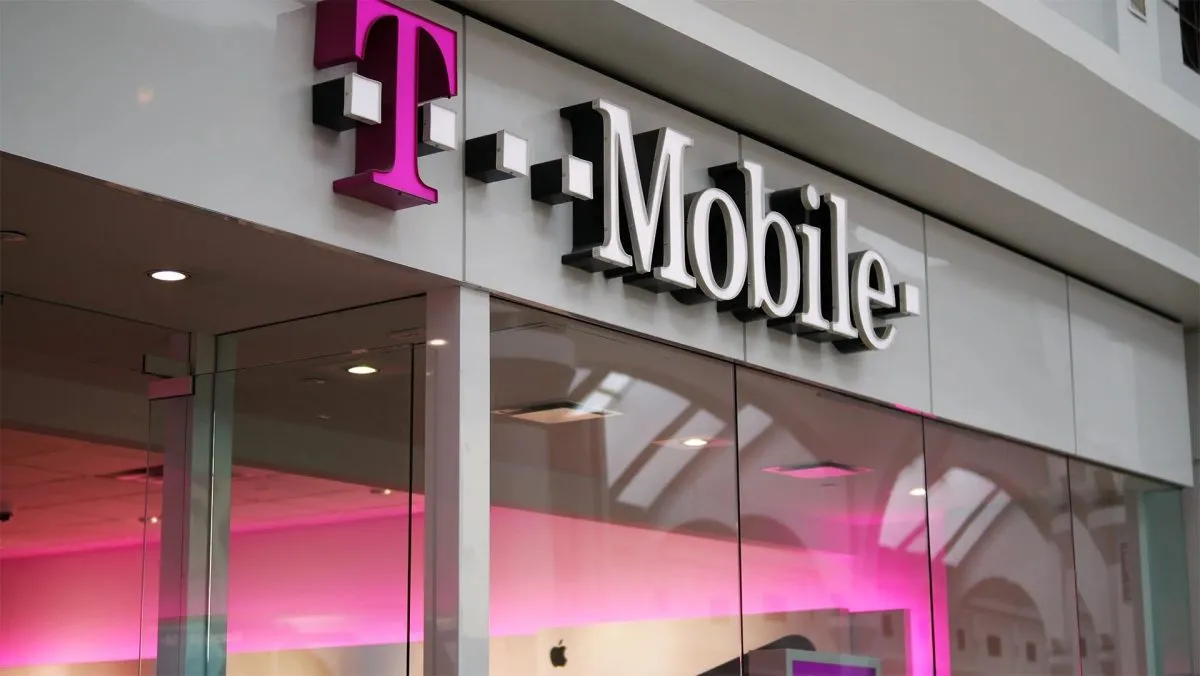
The major telecommunications service providers in the U.S. are fiercely competing to maintain their dominance in the industry. Among these competitors, T-Mobile stands out as it diligently works to enhance its services and push the boundaries of innovation. Recently, T-Mobile has unveiled several initiatives aimed at outpacing its rivals, including a significant shift towards a more self-service model that reduces reliance on physical stores.
In addition to its operational changes, T-Mobile has garnered attention for its ambitious efforts to introduce emergency texting for users. This initiative aims to extend communication capabilities to underserved areas, ensuring that all customers can stay connected, even in critical situations. T-Mobile's commitment to improving connectivity in remote regions highlights its role as a leader in the telecom sector.
Now, T-Mobile is taking another groundbreaking step by integrating low-latency technology into its 5G network. This advancement positions T-Mobile as the first wireless provider in the U.S. to offer L4S (Low Latency, Low Loss, Scalable Throughput) technology. This initiative promises to enhance the user experience for online gaming and video calls, reducing delays and improving overall performance.
As mobile carriers increasingly invest in the latest networking technologies, T-Mobile's announcement marks a significant milestone in enhancing the 5G network experience. The introduction of L4S aims to provide smoother online gaming sessions and more reliable video chats, addressing common issues such as stuttering and lag. By reducing network congestion, L4S enables real-time applications to transmit data more efficiently, ensuring a seamless user experience.
The L4S standard distinguishes itself from existing systems by facilitating a more efficient data flow from the start, rather than waiting to resolve congestion at the end of transmissions. It's essential to clarify that while L4S will not increase 5G download speeds, it will significantly lower latency across the network. This is achieved through faster decision-making processes that mitigate congestion.
T-Mobile assures customers that no new devices or updated plans are necessary to take advantage of these advancements, as the upgrades are implemented on the provider's end. The L4S standard has already been successfully utilized in Wi-Fi and wired internet, and T-Mobile is now pioneering its integration into 5G networks.
This move is part of T-Mobile's broader strategy to prepare for the next evolution of 5G technology, often referred to as 5.5G or 5G-advanced. This new phase promises more reliable and intelligent networks, further enhancing user experiences.
While the most noticeable improvement from the L4S standard will be smoother video calls, it will also significantly enhance experiences for augmented reality (AR) glasses by providing steadier frame rates. T-Mobile is committed to pursuing real-time technologies through this initiative, including applications like remote driving, and aims to play a pivotal role in enterprise solutions.
In conclusion, T-Mobile's innovative approach not only positions it as a leader in the telecommunications industry but also sets the stage for future advancements in connectivity and technology. With a focus on enhancing user experience through low-latency solutions, T-Mobile continues to push the envelope in delivering cutting-edge telecommunications services.